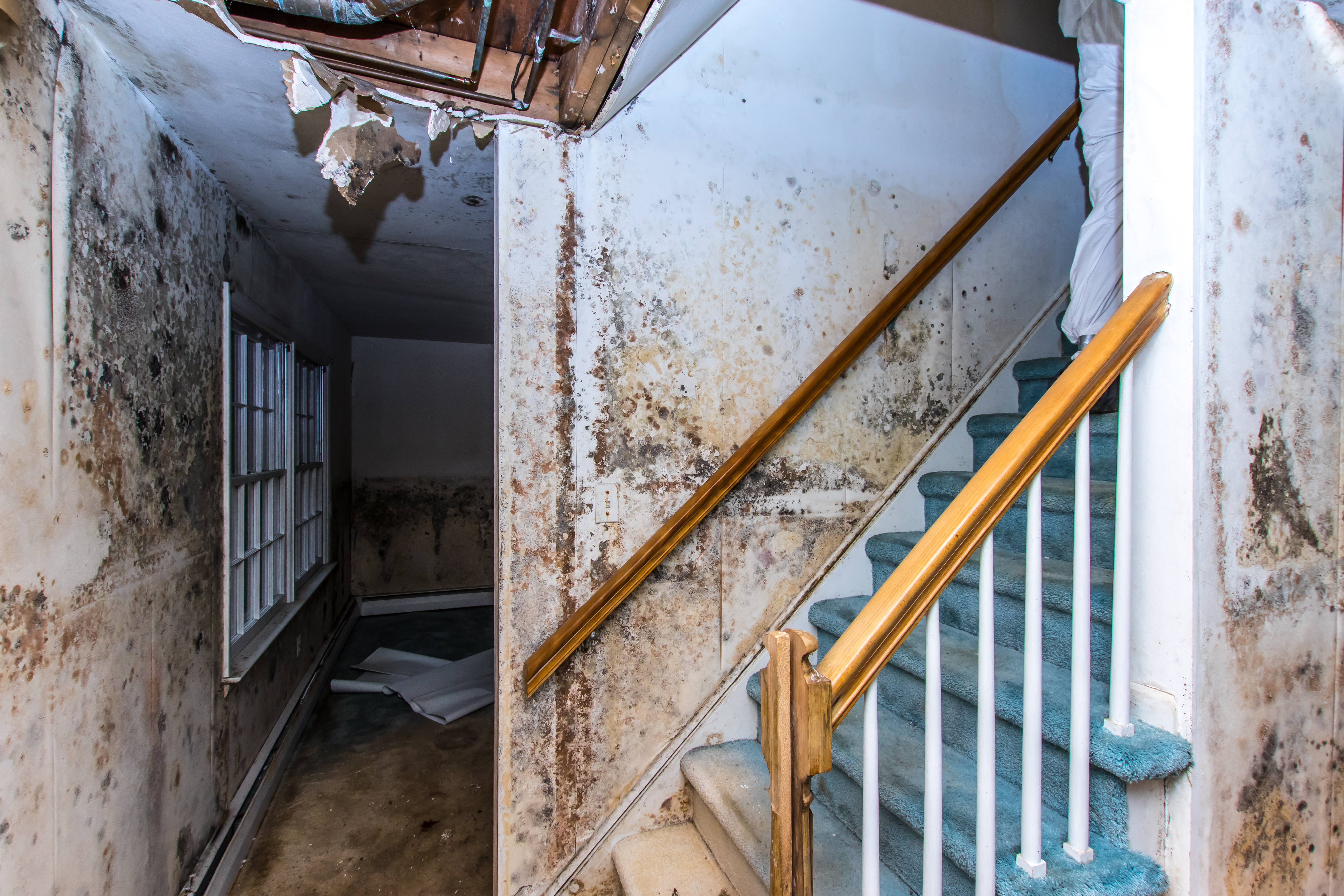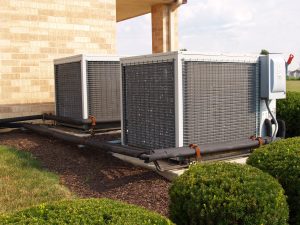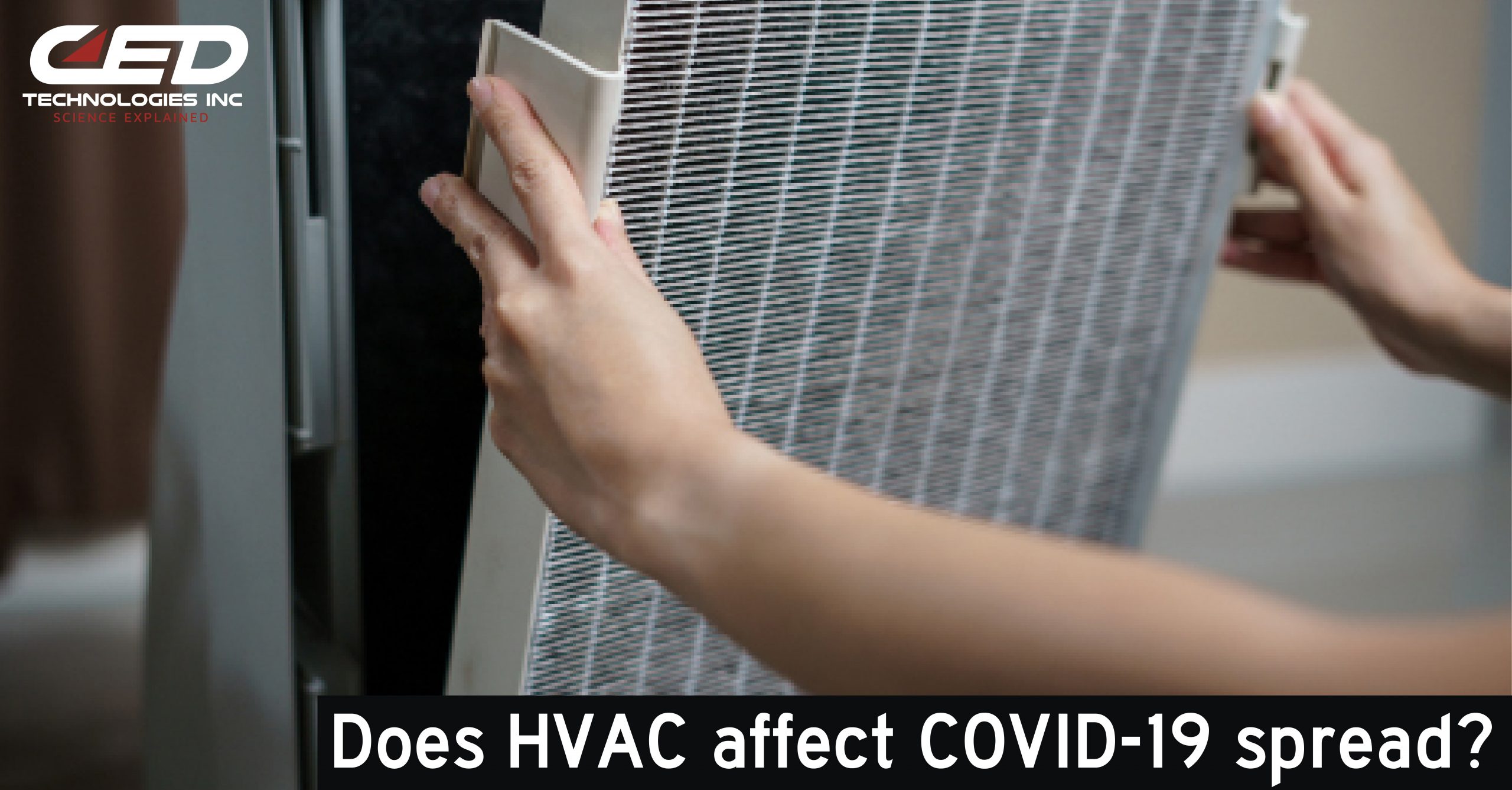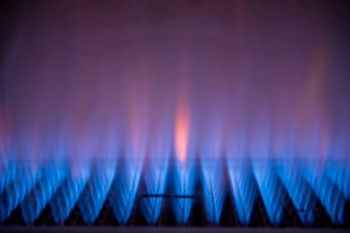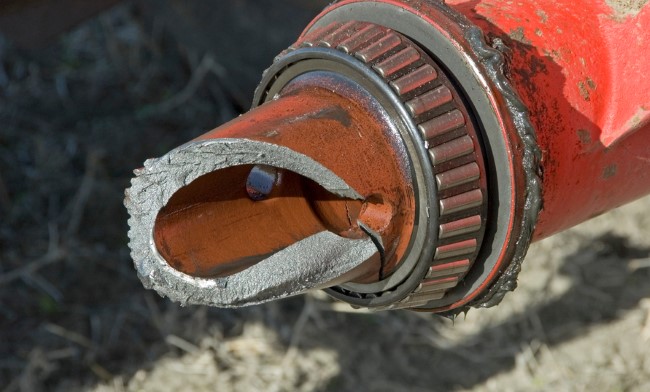First of all let’s understand that no building, or environment for that matter, is “mold free”.
Toxic Building Mold
There is always a little mold everywhere, in the air and on many surfaces. Molds are very common in buildings and homes and will grow anywhere indoors where there is moisture.
What then is the “toxic building mold” and why is it any different? When people refer to toxic building mold they generally mean the mold Stachybotrys chartarum. Stachybotrys chartarum (also known by its synonym Stachybotrys atra) is a greenish-black mold. It can grow on material with a high cellulose and low nitrogen content. Materials such as fiberboard, gypsum board, paper, dust, and lint would fit this description. Growth occurs where and when there is moisture. This moisture could be the result of water damage, excessive humidity, water leaks, condensation, water infiltration, or flooding. Constant moisture is required for this mold to grow.
But how did this mold get there in the first place? Mold spores occur in almost all indoor and outdoor environments. Mold spores may enter a building from the outside through open doorways and windows. They can enter by way of heating, ventilation, and air conditioning systems with outdoor air intakes. Spores in the air outside also attach themselves to people and animals, making clothing, shoes, packages, and pets’ convenient vehicles for carrying mold indoors.
When mold spores drop on places where there is excessive moisture, such as where leakage may have occurred in roofs, pipes, walls, plant pots, or where there has been flooding, they will grow. Many building materials provide suitable nutrients that encourage mold to grow. Wet cellulose materials, including paper and paper products, cardboard, ceiling tiles, wood, and wood products, are particularly conducive for the growth of some molds. Other materials such as dust, paints, wallpaper, insulation materials, drywall, carpet, fabric, and upholstery, commonly support mold growth.
As mold growth is caused by excess moisture in a building, what then are the most frequent causes of this excess moisture? If the building had been designed and built appropriately would this excess moisture be present?
Negative Building Pressurization
There is a phenomenon in both residential homes and commercial businesses called negative air pressure. When the pressure inside a building is greater than outside, it's called positive pressure. When the pressure inside is less than outside, it's called negative. Negative air pressure is the movement of air from outside the building to the inside.
Air pressure in homes and businesses is complicated, because it's affected by several forces such as a forced-air furnace circulating air, blowing wind, machinery, and even ceiling fans. These systems are called HVAC (Heating, Ventilation and Air Conditioning). Pressure is seldom uniform throughout the entire building. It can be strong in some areas, weak in others. It can be positive on some floors or even in some rooms and negative in others. Any device that pulls air out of a building can create negative pressure. Construction techniques in the last 20 years have improved the energy efficiency of buildings, making them tighter. The tighter a building is, the worse the potential for negative air pressure. Air is not able to infiltrate into the structure and combustion devices are starved of air. There is no replacement air for the exhaust fans to blow out which causes the house to depressurize. When this happens, the negative air pressure inside the building draws air through every crack and crevice it can find to equalize the air pressure. This is how the excess moisture gets into the building. The HVAC systems have to be designed correctly or negative building pressurization can occur. It is not uncommon for these HVAC design calculations to be assigned to junior or less experienced personnel. If mistakes or miscalculations are made, and not caught by a potentially overworked supervisor, negative building pressurization leading to toxic mold growth could occur. A forensic engineer experienced in HVAC design can determine if a building has negative building pressurization.
Over-sized HVAC Equipment
Another likely cause of toxic mold is over-sized HVAC equipment. Bigger is not always better. When an air conditioner runs, it does two jobs. It lowers the temperature of the air, and
it removes moisture from the air. To remove the moisture from the air, the AC has to run for a while. Over-sized air conditioners don't run for a long time because they satisfy the cooling load quickly and
then shut off. Properly sized air conditioners run longer. In order for the air conditioning system to successfully dehumidify as well as cool the building it services, the HVAC contractor cannot oversize it. A HVAC system that is over-sized will lead to excess moisture in a building which can lead to growth of toxic mold. An experienced HVAC engineer can determine if the AC system was sized correctly. Additionally, in some environments, particularly in coastal areas of the southeastern United States, cooling loads may be too small to achieve proper dehumidification and dedicated dehumidification equipment is called for but often omitted due to cost issues.
Building Envelope Issues
The build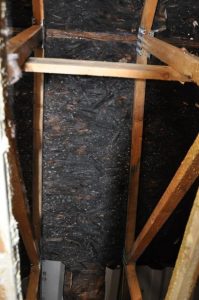 ing envelope is all of the elements of the outer shell that maintain a dry, heated, or cooled indoor environment and facilitate its climate control. Components of the envelope are typically: walls, floors, roofs, doors and other fenestrations. Fenestrations are any opening in the structure such as windows and skylights. Any or all of these systems could be faultily designed or installed and be the reason that water, (excessive moisture) enters a building and leads to the growth of toxic mold. Forensic engineers can be instrumental in determine if a building has envelope issues and which system(s) and therefore which contractor(s) could be at fault.
ing envelope is all of the elements of the outer shell that maintain a dry, heated, or cooled indoor environment and facilitate its climate control. Components of the envelope are typically: walls, floors, roofs, doors and other fenestrations. Fenestrations are any opening in the structure such as windows and skylights. Any or all of these systems could be faultily designed or installed and be the reason that water, (excessive moisture) enters a building and leads to the growth of toxic mold. Forensic engineers can be instrumental in determine if a building has envelope issues and which system(s) and therefore which contractor(s) could be at fault.
Contact CED if you have any inquiries on how we can assist you on mold cases here. Contact CED Initial consultation is always free.
Related Articles
Any Construction Defects with Your Building Envelope?
Water Intrusion Can Cause Mold
Featured Engineer
Mike Ballew, P.E. For a full profile Click here. https://www.cedtechnologies.com/staff-member/mike-ballew-p-e/
Education Background:
B.S., Mechanical Engineering, University of Missouri at Rolla
Licensed Professional Engineer
LEED Accredited Professional (Building Design and Construction)
Areas of Expertise:
Airflow Systems
Building Codes
Building Pressurization
Construction Administration
Energy Analysis
Food & Beverage Process Plants
Heating, Ventilating, and Air Conditioning (HVAC)
Industrial Ventilation
Manufacturing Facilities
Mechanical System Assessment
Moisture Intrusion
Plant Utility Systems
Sick Building Syndrome (SBS)
